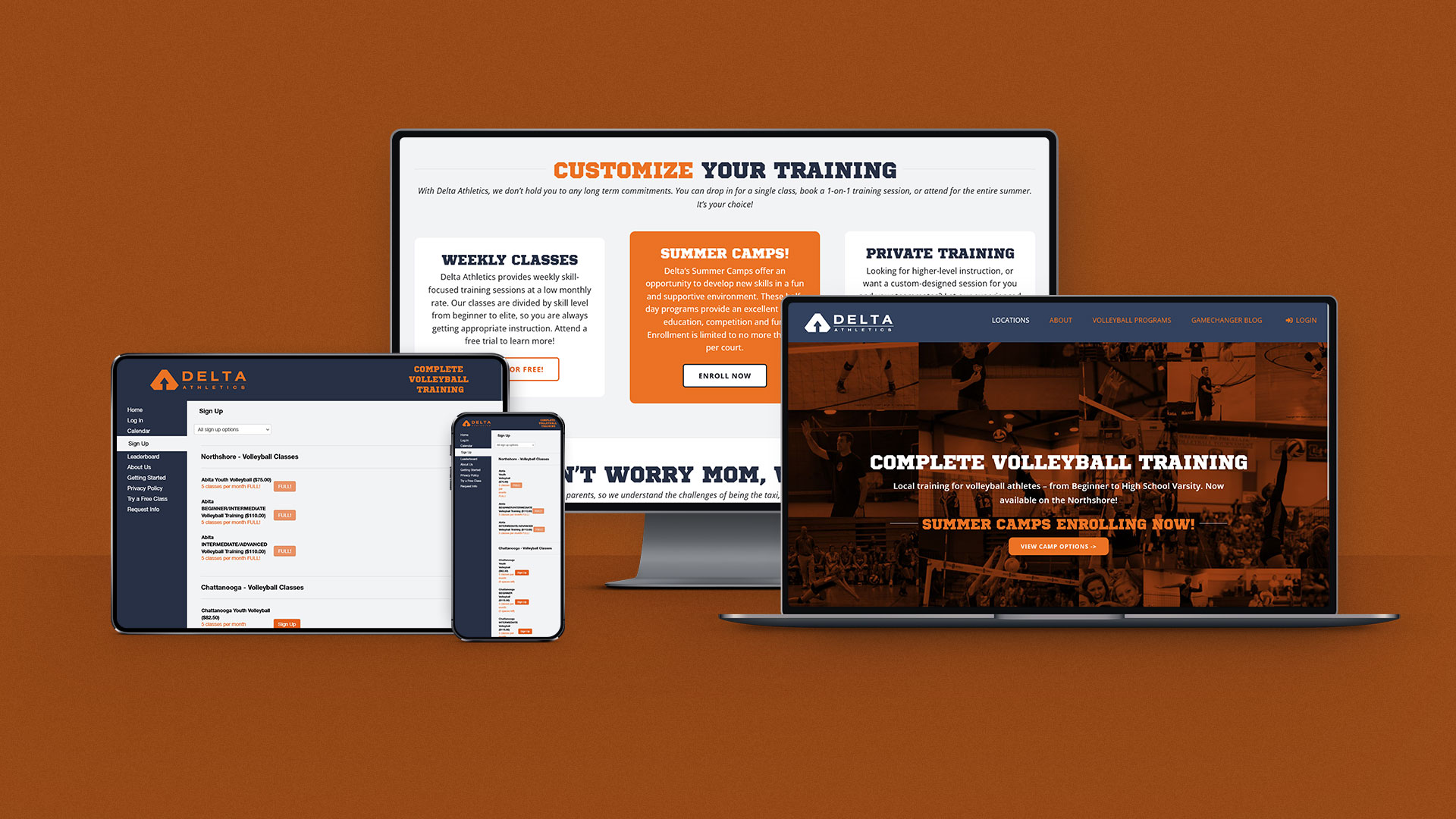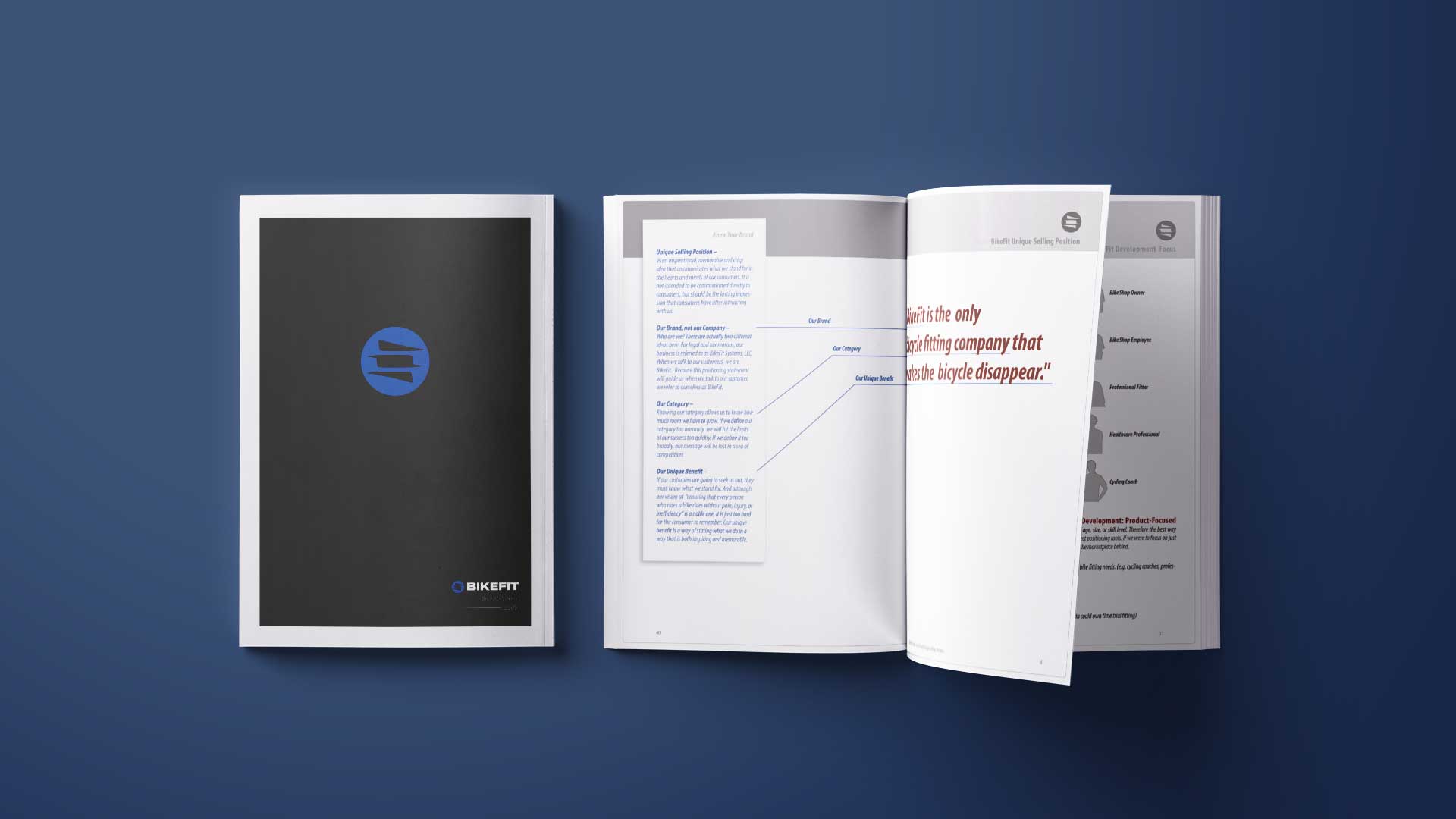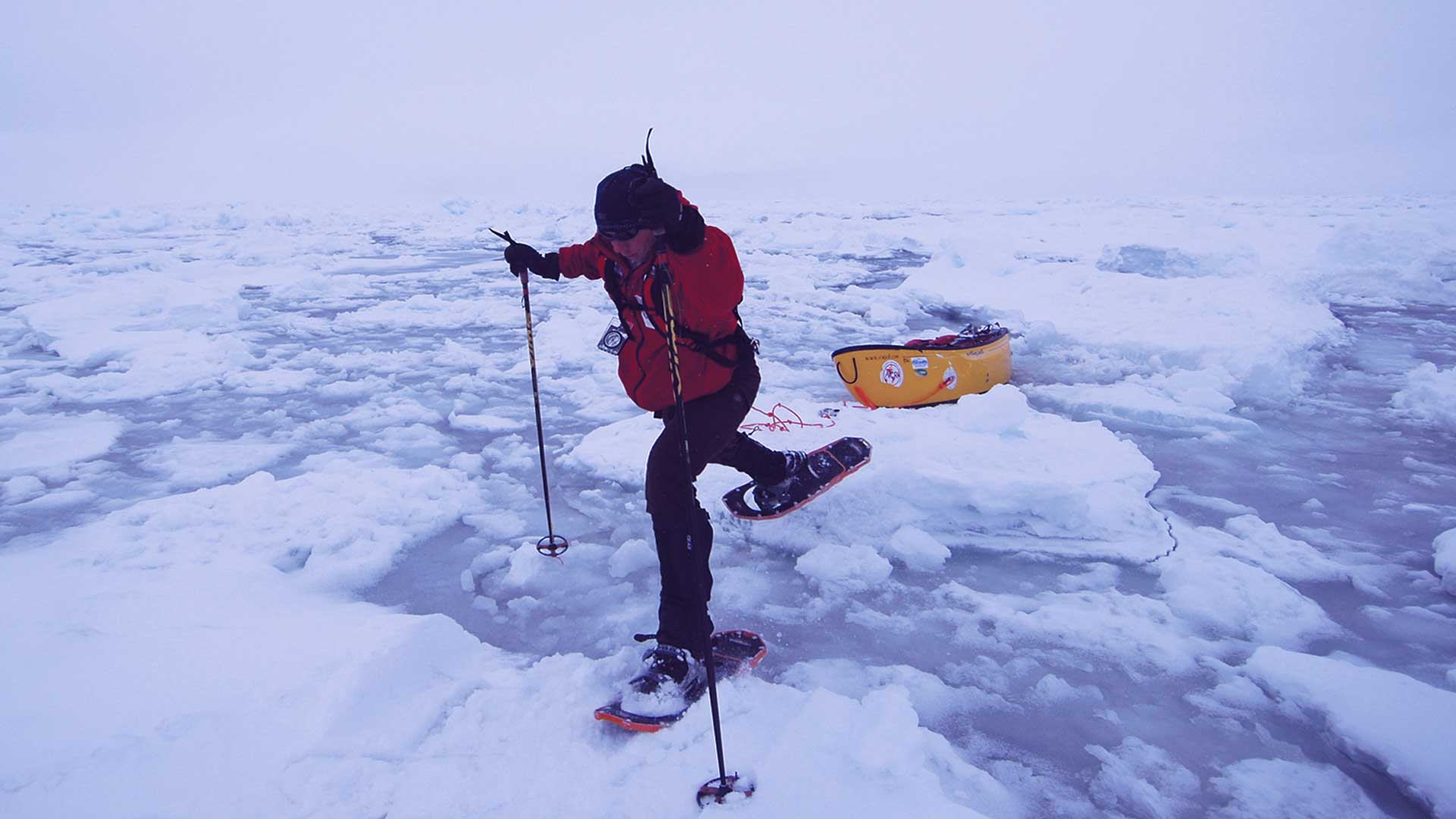a Paddle brand on dry land?
Seal Line was a pinnacle brand in the paddlesport market and was well known for their paddling accessories, but the market was shrinking and competition was increasing. The brand had access to many different channels in outdoor market, but how could a paddlesport brand make it to dry land without losing its core customers?
Key internal stakeholders were brought offsite for an intensive 3-day strategy workshop, where all individuals could take part in the challenge of discovering the brand direction. When the team realized they could move the brand from a ‘paddle accessories’ brand to a ‘dry storage’ brand, new opportunities presented themselves quickly. The development team was able to take a complete line of waterproof urban commuting products to market in under seven months.
Project: Enter a new market with the Seal Line brand. Retain current consumers without losing the core customers that the brand relies upon.
Duration: Seven months from brand strategy development to product launch at trade shows
Result: Product launched to high marks and surprisingly large order placement. Product line doubled its store footprint within six-months of initial sell-in.


